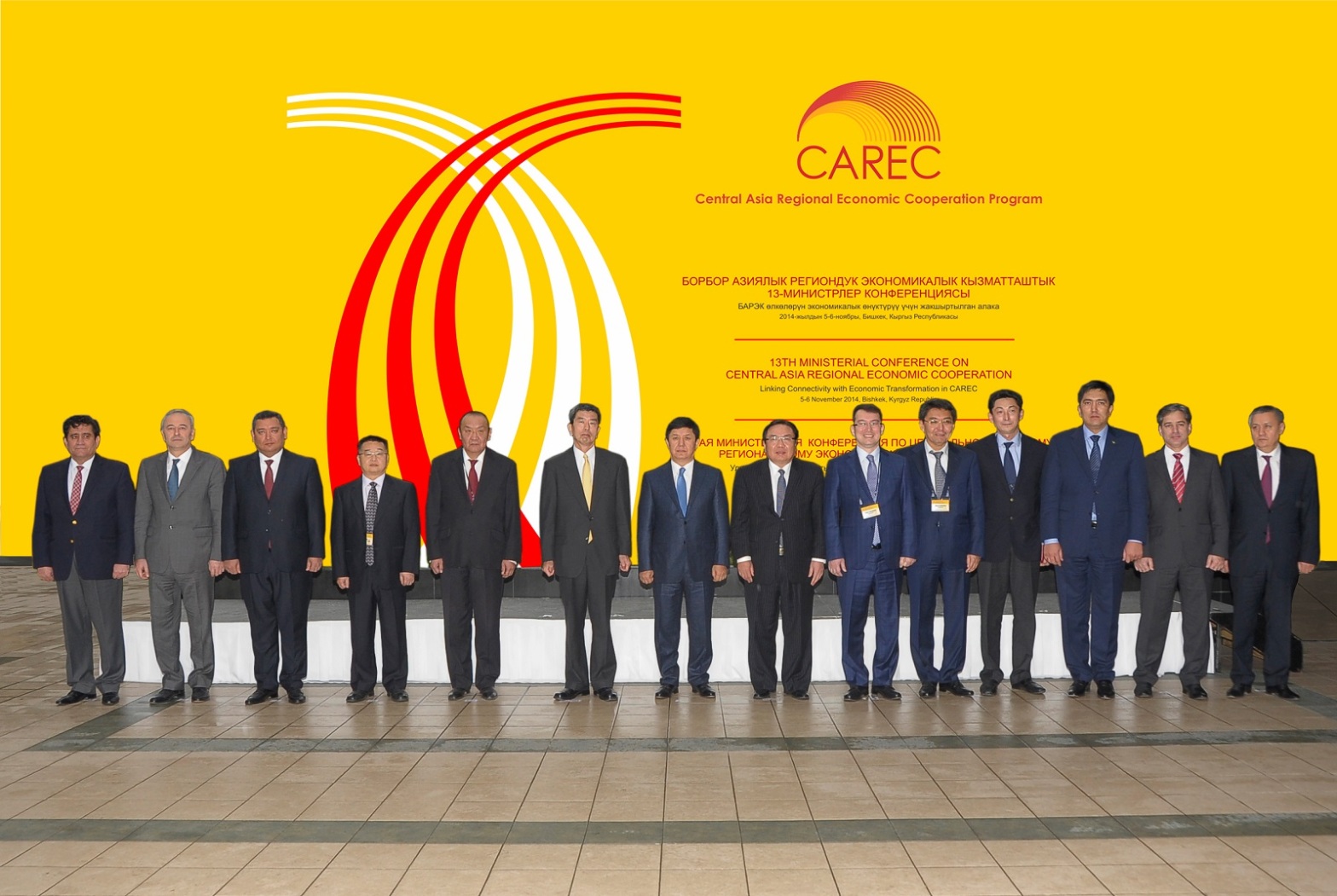Alexandra Colcer Since ancient times, the Black Sea has been considered a geopolitical hotspot due to its strategic position connecting Europe and Asia. Moreover, the basin is also linked to the Azov Sea through the Kerch Strait, the Marmara Sea through the Bosphorus and the Aegean Sea and therefore the Mediterranean Sea through the DardanellesContinueContinue reading “A framework for Black Sea Collaboration: BSEC”
Category Archives: Global View
THE ROLE OF SCIENTIFIC COOPERATION FOR INTERNATIONAL DEVELOPMENT
Andrei Alexandru Babadac International scientific cooperation is a fundamental element in achieving development objectives which are too far fetched for the reach of a single country. As a member of the European Union, Romania is actively engaged in promoting research, particularly in the development of the ELI-NP project, at similar levels with Czechia and Hungary.ContinueContinue reading “THE ROLE OF SCIENTIFIC COOPERATION FOR INTERNATIONAL DEVELOPMENT”
AN ASSESMENT OF THE FRENCH SYSTEM FOR ECONOMIC INTELLIGENCE
Andrei Babadac INTRODUCTION The years after World War 2 saw a transformation of the conflict among the developed countries, moving steadfastly from a military to an economic race. Being confronted with the new realities, France had to move forward from a vast colonial empire to a world where it could no longer play a primeContinueContinue reading “AN ASSESMENT OF THE FRENCH SYSTEM FOR ECONOMIC INTELLIGENCE”
The CAREC Programme: Corridor 5
Raluca Şancariuc Corridor 5 connects East Asia with the Middle East and South Asia. It starts from THE Xinjiang Uygur Autonomous Region in People’s Republic of China and continues in the Kyrgyz Republic passing through Yierkeshitan (China) – Irkeshtam (Kyrgyzstan) border crossing point, from where it advances towards the Republic of Tajikistan through Karamyk (Kyrgyzstan)ContinueContinue reading “The CAREC Programme: Corridor 5”
The CAREC Programme: Corridor 4
Alexandra Colcer Corridor 4 connects the Russian Federation with East Asia, more specifically with Inner Mongolia Autonomous Region, Mongolia, and Xinjiang Uygur Autonomous Region in People’s Republic of China. o Corridor 4a connects the city of Urumqi in North-West of China with the Russian Federation via West Mongolia. The border crossing points are Takeshikent (China)ContinueContinue reading “The CAREC Programme: Corridor 4”
A brief presentation of the Quadrilateral Cooperation And Coordination Mechanism
Claudiu-Andrei Racoviţă On the 3rd of august 2016, a new important alliance was formed in Asia – the Quadrilateral Cooperation And Coordination Mechanism – between China, Pakistan, Afghanistan and Tajikistan in order to combat terrorism. The inauguration meeting took place in Urumqi, the capital of the autonomous Chinese region Xinjiang, an event which brought togetherContinueContinue reading “A brief presentation of the Quadrilateral Cooperation And Coordination Mechanism”
CASA-1000: perspectives
Project description The Central Asia-South Asia power project, commonly known by the acronym CASA-1000, is a $1.16 billion project currently under construction that will allow for the export of surplus hydroelectricity from Tajikistan and Kyrgyzstan to Pakistan and Afghanistan. The CASA-1000 project will include: 500kV AC line from Datka (in the Kyrgyz Republic) to Sugd-500ContinueContinue reading “CASA-1000: perspectives”
Romania Assumes the Energy Charter Conference Presidency – Objectives and Responsibilities
Between the 28th-29th of November 2017, the Romanian delegation led by the Secretary of State in the Ministry of Energy, Robert Tudorache, attended the 28th Energy Charter Conference, organized by the Turkmen Ministry of Foreign Affairs and the Energy Charter Secretariat in Ashgabat, Turkmenistan. The main talking points of the 52 national delegations and 10ContinueContinue reading “Romania Assumes the Energy Charter Conference Presidency – Objectives and Responsibilities”
Crimea: strategic importance and post-annexation transformations (2014-2017)
The annexation of Crimea by the Russian Federation triggered a change in the regional balance of power, affecting the entire Extended Black Sea Area. Post annexation transformations Strategically, through the militarization of the Crimean Peninsula, initiated in March 2014, Russia can generate major security risks by deploying Anti-Access / Area Denial Capabilities (A2/AD). These “umbrellas”ContinueContinue reading “Crimea: strategic importance and post-annexation transformations (2014-2017)”
Diplomatic meeting on the future of the nuclear agreement with Iran
During the 72nd United Nations General Assembly, held in New York on September 12- September 25, 2017, Iranian Foreign Minister Mohammad Javad Zarif raised the issue of non-acceptance of the nuclear agreement by the United States of America. He discussed on the future of the nuclear agreement with US Secretary of State Rex Tillerson alongContinueContinue reading “Diplomatic meeting on the future of the nuclear agreement with Iran”









